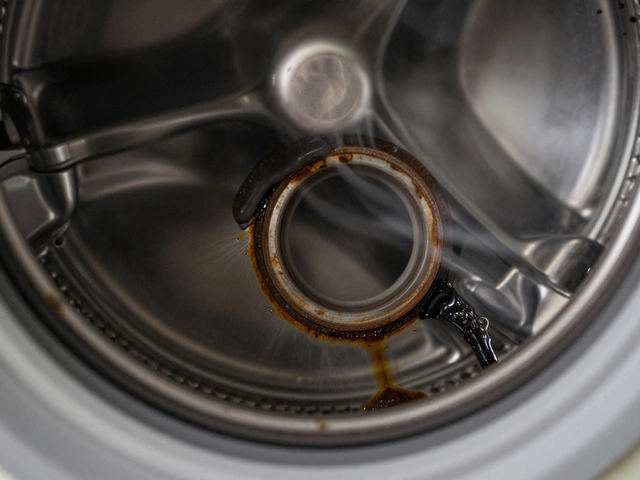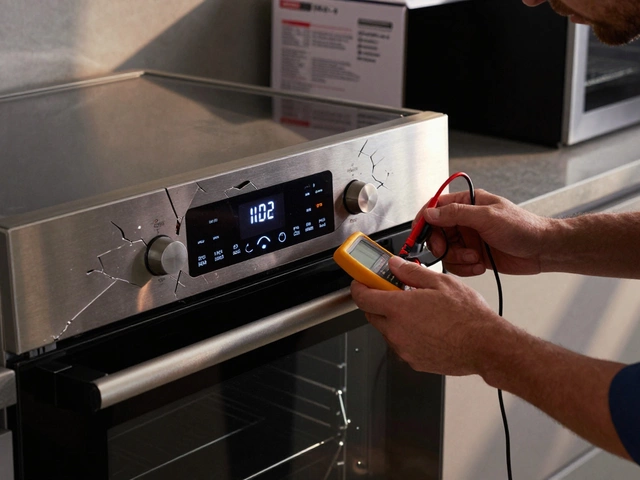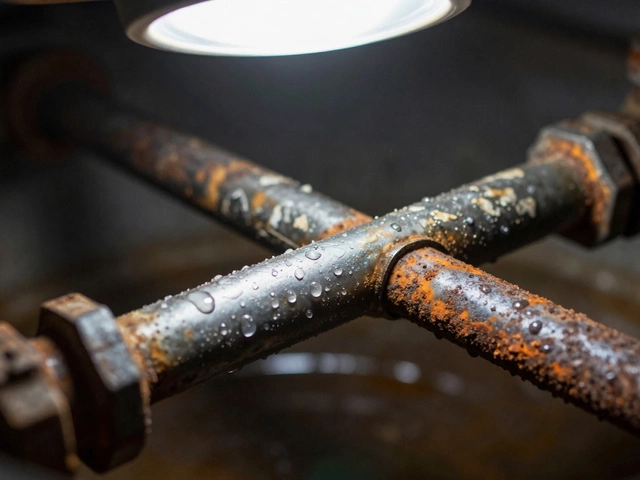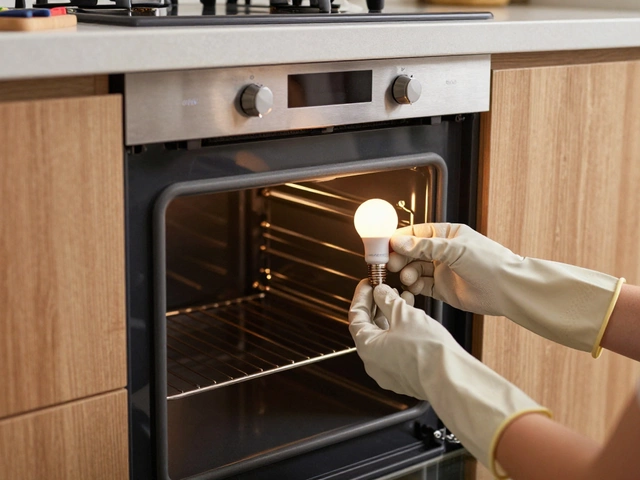Washer Troubleshooting: Quick Fixes for Common Issues
If your washing machine is acting up, you don’t have to call a technician right away. Most problems have a simple cause that you can check in a few minutes. Below are the most common faults and what you can do to get your washer back in shape.
Why Your Washer Won’t Spin
The spin cycle is the first thing that fails for many owners. Start by checking the lid switch – the machine won’t spin if the lid sensor thinks the door is open. Open the lid, press the switch manually and listen for a click. If you hear it, the switch is likely fine; if not, replace it.
Next, look at the load balance. Over‑loading or an uneven load can throw the machine off balance, causing it to pause or stop spinning. Try redistributing the clothes and run a spin‑only cycle. If the problem persists, the drive belt might be worn or loose. Remove the back panel, inspect the belt for cracks, and tighten or replace it as needed.
How to Stop Leaks and Drain Problems
Leaks often start at the hoses. Pull the washer away from the wall and check both the inlet and drain hoses for cracks or loose clamps. Tighten any loose connections and replace damaged hoses – they’re cheap and prevent bigger damage.
Clogged drains are another common headache. A blocked pump filter can cause water to back up and leak onto the floor. Locate the filter (usually behind a small door at the front bottom), open it, and clean out lint, coins, and fabric pieces. Always have a shallow tray or towel ready; water will spill when you open the filter.
If you’ve cleared the filter but the machine still won’t drain, the pump itself might be blocked. Remove the pump housing, check for debris, and spin the impeller by hand. A stuck impeller needs a replacement pump.
Finally, check the detergent drawer. Using too much detergent creates excess suds that can overflow into the tub and leak out. Switch to a high‑efficiency (HE) detergent and use the recommended amount.
When you’ve tried these steps and the washer still misbehaves, it’s time to call a professional. A qualified technician can diagnose motor issues, control board failures, or hidden leaks that require specialised tools.
Regular maintenance makes troubleshooting easier. Run a cleaning cycle once a month, wipe the rubber seal after each wash, and keep the door open to let the interior dry. These habits prevent mold, bad odors, and many common breakdowns.
By following the checks above you can often fix the problem yourself, save money, and keep your laundry routine on track. If you need help, Hinckley Home Appliance Repair Services is ready to assist with fast, reliable service in the Hinckley area.
5 June 2025
·
0 Comments
Washing machines break down at the most inconvenient times, but not every problem means you need to call a repair technician. This article breaks down which issues you can safely tackle yourself and which ones are best left to pros. Learn basic troubleshooting steps, get practical DIY tips, and understand common mistakes you should avoid. You'll also find out what tools and parts you actually need. Find out if fixing your washer at home can really save you time and money.
Read more






